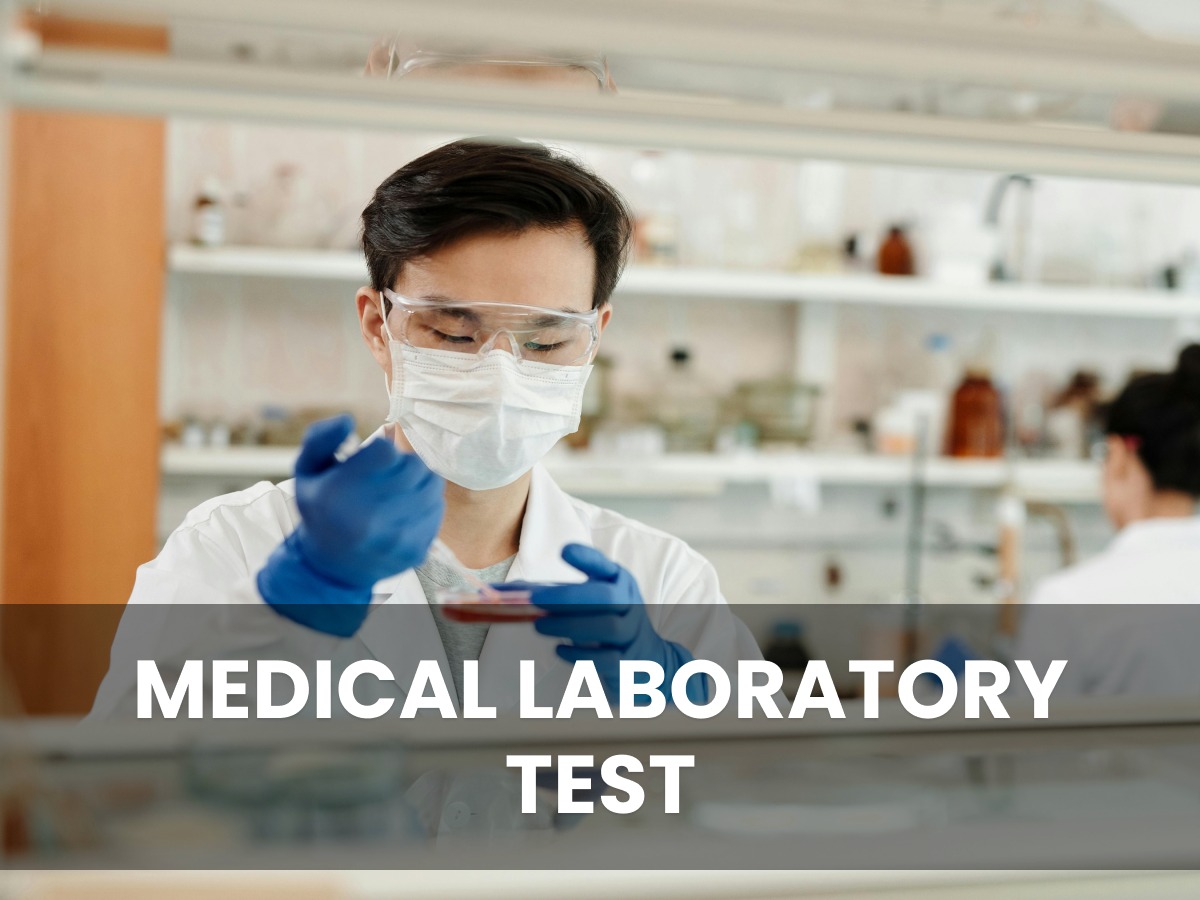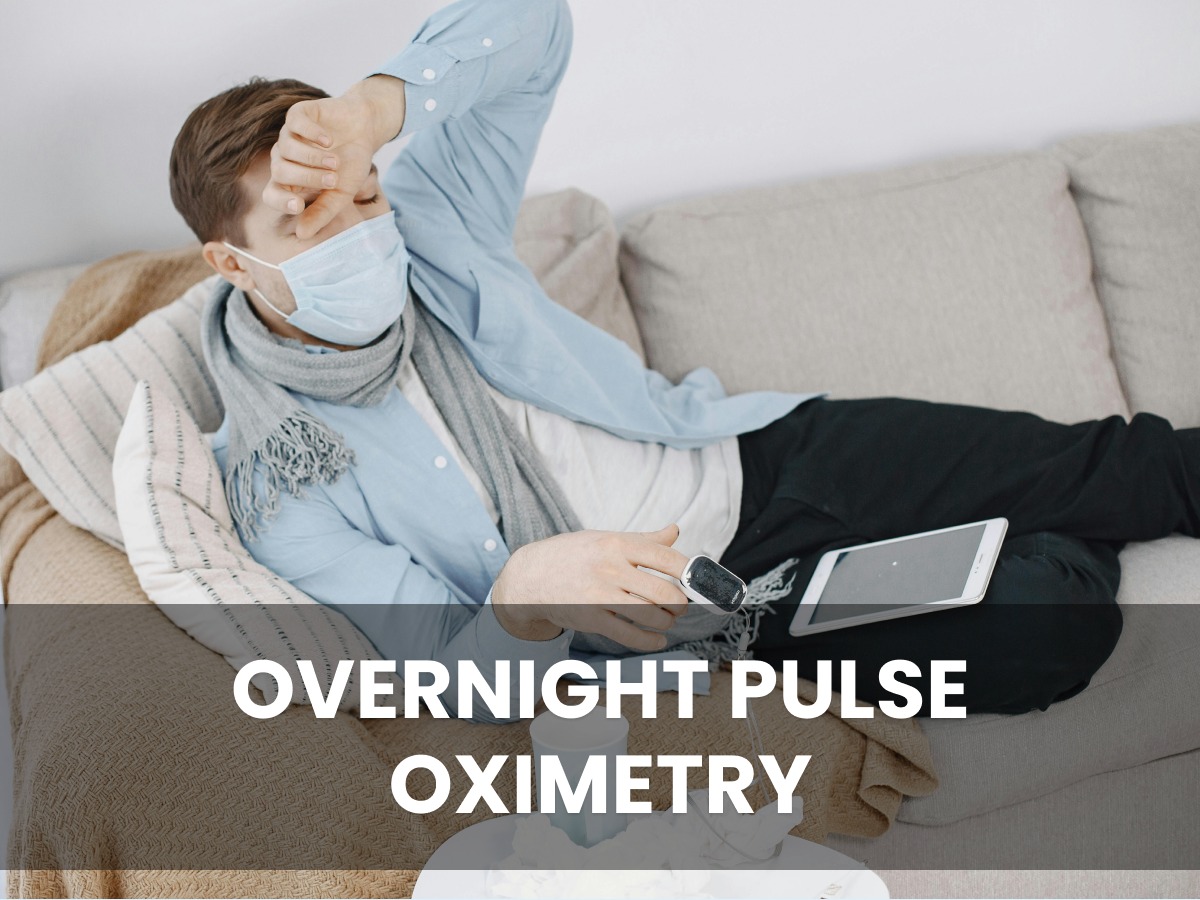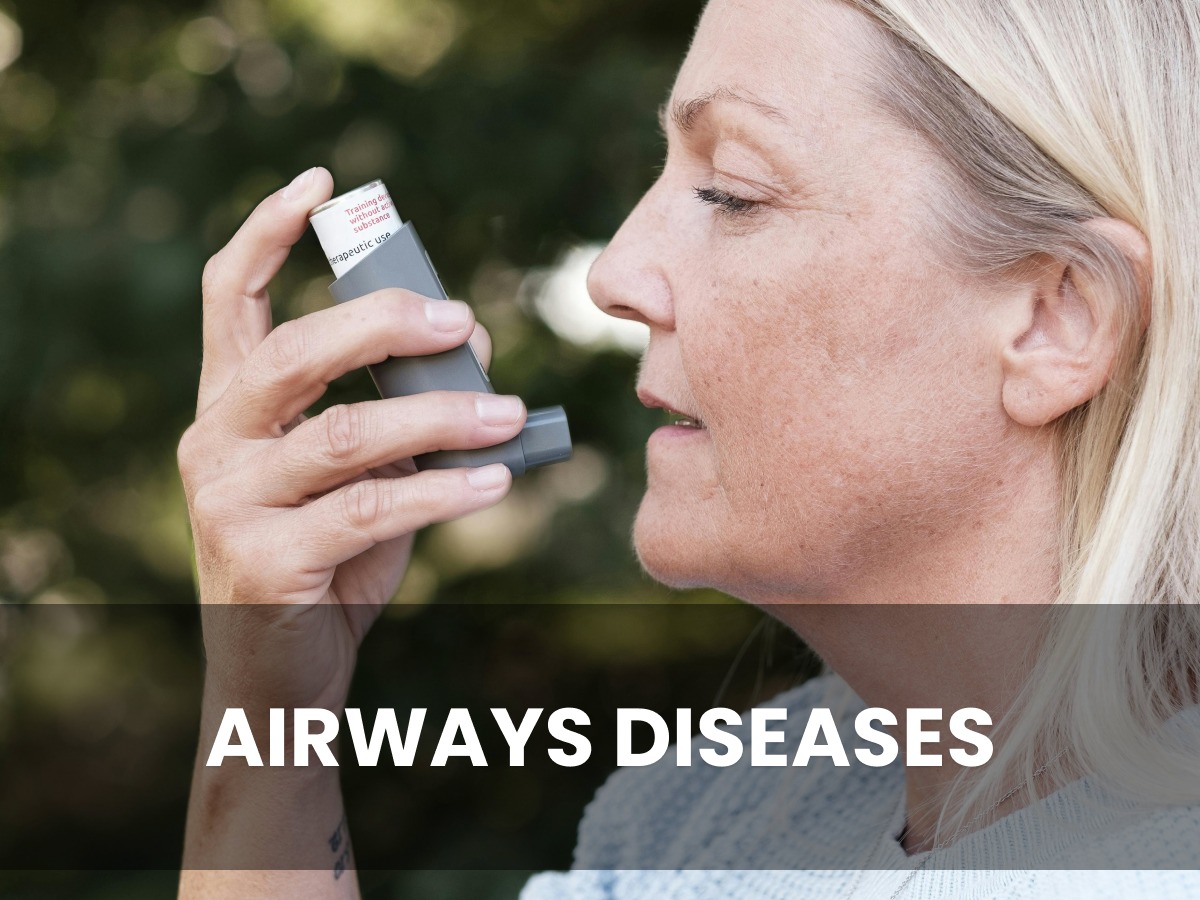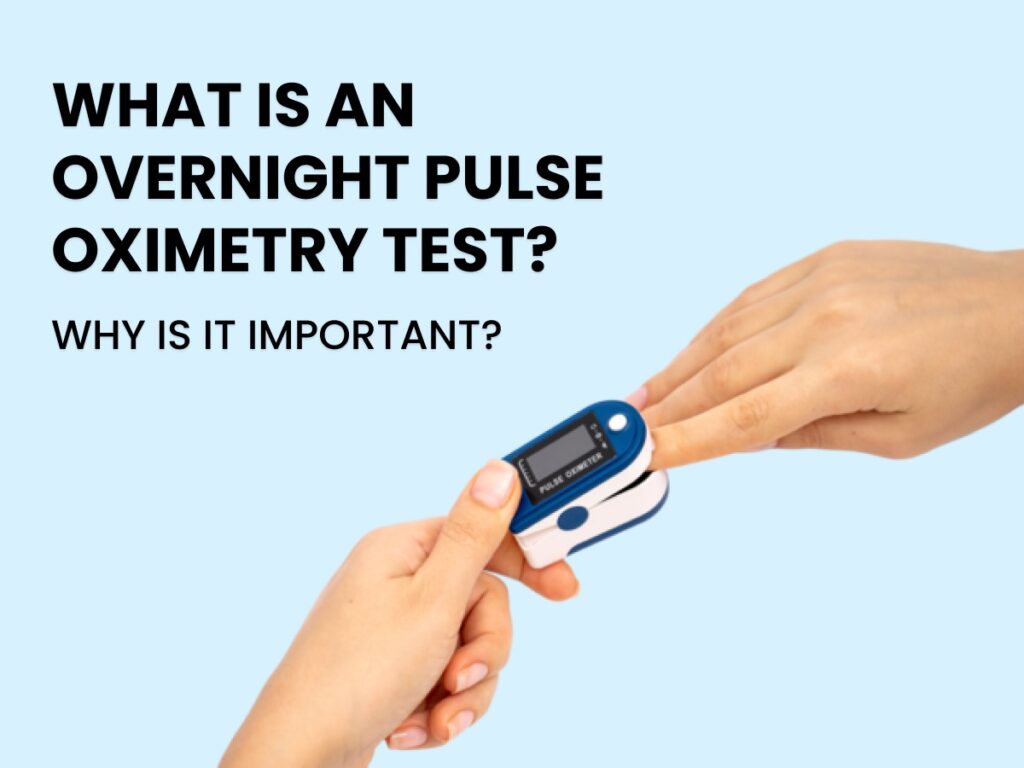The normal human body contains 95% to 100% oxygen. However, the oxygenblood’s level can be lower in some conditions, especially lung disease. An overnight pulse oximetry test is a modern screening test for the body. The test tracks the blood oxygen levels and other sleep disorders like sleep apnea and insomnia during the night sleep.
This is a simple and harmless process of testing that can easily be performed at home. It can provide basic information about sleep disorders. An oximetry device resembles a plastic clip that attaches to the finger, is secured with tape, and has a wire connected to a small box that collects sleep data.
The overnight oximeter has a sensor with a red light that shines through the finger or on the skin. This sensor measures your pulse and heart rate while tracking your blood oxygen levels. Some modern devices can be checked without wires.
If the oxygen level is high, the blood will appear red; however, if it is low, it will appear blue.
Premium Medical Services For Sleep Monitoring
Health diagnosis is essential; many significant screenings can be conducted during the day. But when someone suffers from sleep disorders, it’s almost impossible to monitor them when they awaken. That is why health providers offer premium medical services to patients. These premium services allow a deep understanding of sleep health and create comprehensive treatment plans accordingly.
Although the overnight oximetry test is not part of the premium services, the oximetry device and personalized tracking appear premium in many ways:
- This test provides the pulse, heart rate, blood oxygen levels, sleep stages, and snoring patterns.
- Advanced technological devices allow accurate data collection.
- It offers personalized, in-depth, and insightful analysis of sleep disorders.
- Remote monitoring facilities provide continuous communication with experts from the comfort of home.
This medical facility provides valuable information for individuals and satisfaction with improving sleep quality.
Medical Laboratory Test Services and Their Technology for Healthcare

Medical Laboratory Test Services play a vital role in screening and diagnosis. It empowers healthcare professionals to identify and understand the underlying causes of numerous medical conditions with unmatched precision. From routine blood tests to advanced genetic sequencing, laboratory tests provide essential insights into a patient’s health status, assisting physicians in making informed decisions regarding treatment and management strategies.
Furthermore, advancements in medical laboratory technology have facilitated personalized medicine, which allows treatment methods for individual patients based on their unique genetic structure and other factors.
Importance of Overnight Pulse Oximetry Test for the Patients
Polysomnography and cardiorespiratory issues require a proper assessment. The Overnight Pulse Oximetry test can quickly assist in these conditions. This testing method is easy, reliable, safe, and cost-effective for inpatient and outpatient settings. The non-invasive test is suitable for detecting unseen body issues while sleeping. Sleeping disorders not only disturb the whole night but also affect the daily routine, so they affect overall brain and physical health. The proper diagnosis makes it easy to pick the problem and create a solution. The Overnight Pulse Oximetry tells doctors the severity of diseases like sleep apnea, insomnia, and other respiratory disorders. The doctors can recommend suggestions promptly and start the treatment to prevent complications such as fatigue, heart strain, and other dangerous conditions. Respiratory patients can benefit from this test. This is important for:
- It tracks sleep breathing disorders without interrupting your sleep.
- It indicates the blood oxygen level in the body and detects health issues.
- Directs doctors about oxygen therapy for the patients.
- Real-time data allows insightful, personalized treatment plans for faster recovery.
- It gives proper care to the patients by the professionals.
This test can be called an initial check-up of the patients, but it is helpful for proper treatment.
What Patients Should Be Made to Examine This Test?

Good sleep can refresh us, and inadequate sleep can ruin our daily routine. Sleep disturbances not only disturb our nights but also affect our mental well-being. Some medical conditions are associated with the sleep disorders.
Sleep Apnea:
In sleep apnea, the patient suffers from breath pauses during sleep. When the throat muscles take a break to relax, the airway can not work correctly. The breath pauses last a few seconds to several minutes and occurs repeatedly throughout the night. Sleep apnea is considered very risky for physical and mental health in many ways:
- Breath interruptions can cause many health problems, such as high blood pressure, stroke, heart disease, and heart attack.
- The victim of sleep apnea suffers from day fatigue, lack of concentration, and productivity.
- This risks the quality of life with mood swings and irritation and damages emotional relationships with others. It brings depression and anxiety to the patient.
This isn’t good for people’s physical, psychological, and emotional health.
Insomnia:
An adult needs 6 to 8 hours of sleep for a healthy life. The human body gets sick if the sleep cycle is insufficient to make it fresh. Insomnia is when a person faces disruptions during sleep. Insomnia makes it difficult to stay asleep, and early wake-ups are common in this condition. Almost 10 % of the world’s population is suffering from insomnia. This is a hazardous disease, and if it lasts for a few weeks, it can cause other issues like:
- Anxiety
- Obesity
- Diabetes
- Blood pressure
- Cardiovascular disease
- Cause for accidents
- Daytime drowsiness
It affects the overall performance of the people.
Lung Disease:
Lung disease is linked to issues that prevent the lungs from functioning correctly. Your lungs are the primary organs responsible for breathing, and any obstacle affecting their function leads to breathing disorders. There are three main types of lung disease disease:
Airways Diseases:

In these diseases, the lung tubes that transport oxygen and other gases are impacted by blockages or narrowing. As a result, people experience difficulty breathing due to these ailments include:
- Chronic obstructive pulmonary disease
- Asthma
- Bronchilioites
Disease of Lung Tissues:
People suffer from these kinds of diseases when they try to take deep breaths. Lung tissues are affected, making it difficult for patients to take in oxygen and expel carbon dioxide. The lungs can develop scars or inflammation. These mostly include:
- Pulmonary fibrosis
- Sarcoidosis
Diseases of Lung Circulation:
This type affects the lung’s blood vessels, which can cause scarring or clothing in the lungs. Patients are also unable to inhale oxygen and release carbon dioxide. This type also affects the heart’s functions. Patients suffer from short breathing. Common examples are:
- Pulmonary hypertension
Under certain conditions, many lung diseases can combine these diseases.
What Oximetry Devices Measure and How They Function
These devices measure oxygen levels in the lungs and heart. Red blood cells store oxygen, but lung and heart diseases can affect the oxygen levels in your body. The human body requires sufficient oxygen to properly function the brain, heart, lungs, and other organs. The Overnight Pulse Oximetry test helps doctors determine whether the body has enough oxygen or needs additional oxygen through internal means to treat heart and lung issues adequately.
These devices measure light and its absorption levels in your blood. They consist of two light emitters and one light detector. The emitted light determines the oxygen level. The overnight pulse oximetry test is a crucial step in diagnosing serious diseases.

